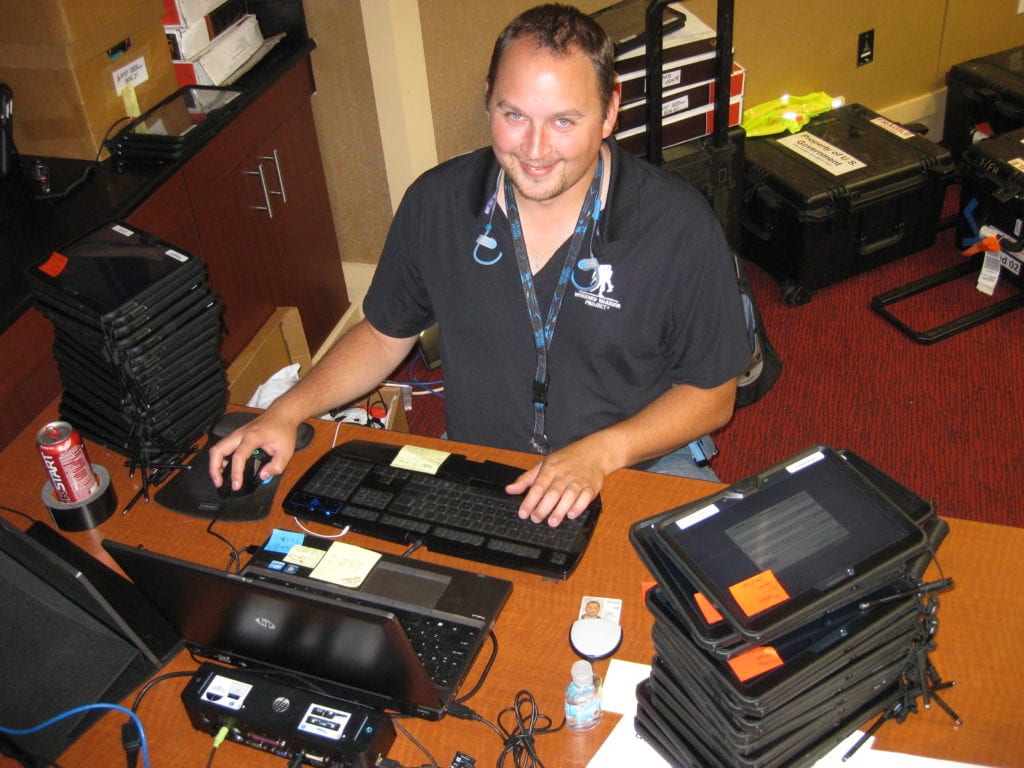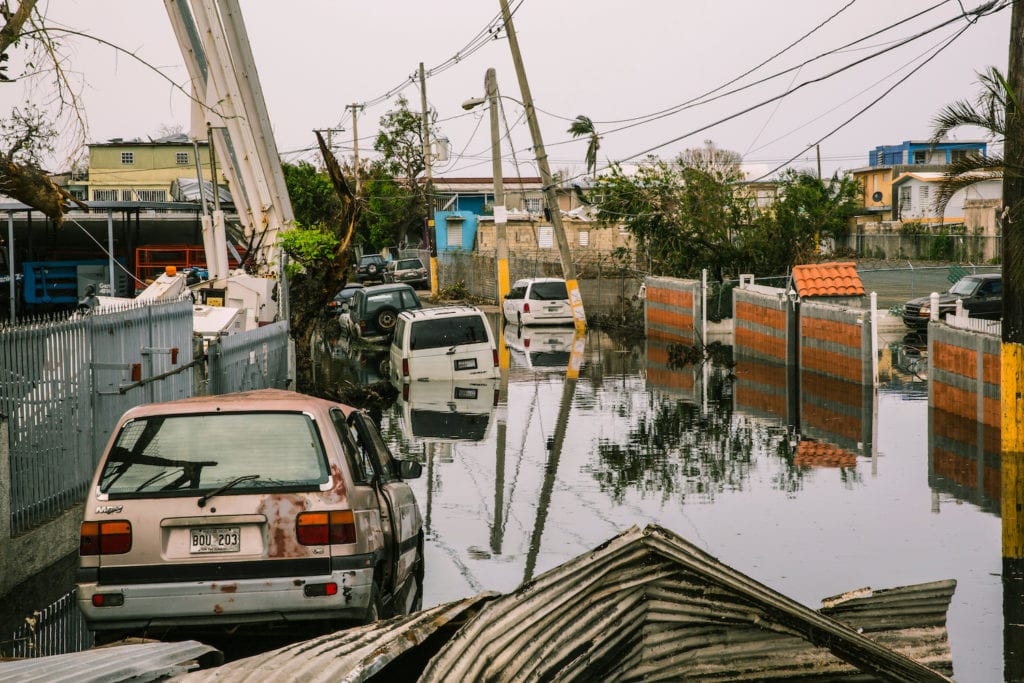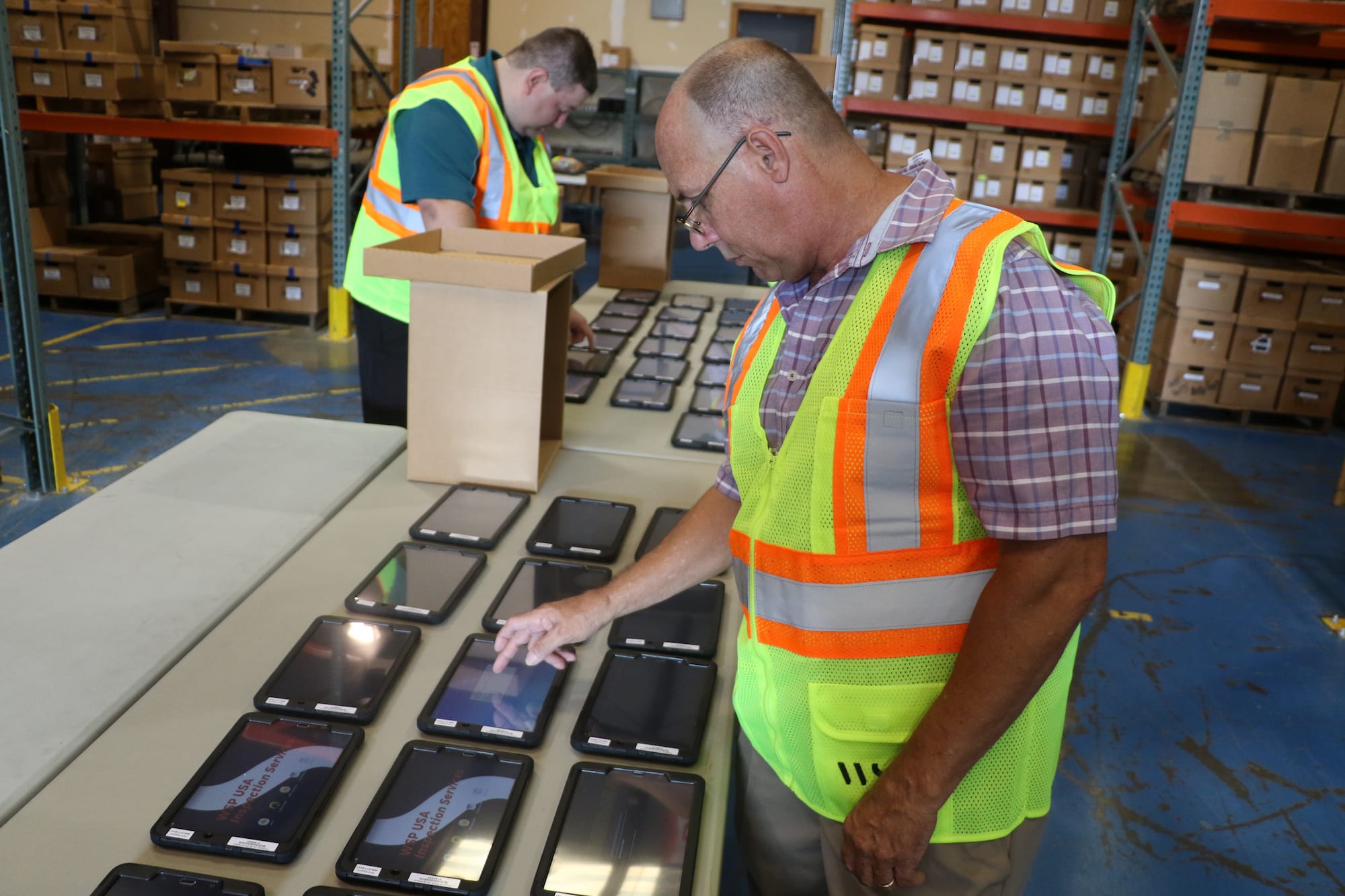While Brent Collins is busy with his daily routine — commuting to work in Northern Virginia, spending time with family and relaxing with friends — he’s got an eye on the news. As soon as he hears the words “hurricane,” “tornado” or “disaster area,” he pays close attention because he knows his life could change with a phone call.
“I’ve learned that you’ve got to be flexible and able to shift gears quickly,” says Collins, 34, a lead field technician at the Virginia offices of WSP, a global professional services corporation. “I always keep a bag packed for a trip to somewhere. You never know when you might get a call at 4 a.m. asking you to drive 1,000 miles to a disaster area by the end of the day.”
The IT First Responders
WSP contracts with the U.S. Federal Emergency Management Agency (FEMA) to provide thousands of inspectors who verify damage and assist property owners in filing for emergency funds from the agency. For nearly 25 years, the company’s inspectors have been on the scenes of countless disaster areas around the U.S. to help disburse emergency dollars as quickly as possible. Tablets and WiFI have replaced paper forms and fax machines in the inspectors’ toolkit, slashing the time it takes to process an inspection from a week to less than one hour, Collins says.
If everything works as planned, disaster survivors can receive money almost as quickly as a trip to the ATM. After a survivor calls FEMA or fills out an online application, WSP dispatches an inspector to survey the property damage. If the person has added their banking information to the application, the funds are deposited into their account immediately.
But IT problems with the tablets or connection issues can hamper relief efforts. It’s Collins’ job to make sure the tablets work and inspectors can communicate with WSP’s office. He’s been on the job since 2013 and is a veteran of 18 deployments.

Brent Collins has worked at 18 disaster sites in nearly six years with WSP, keeping the mobile communications equipment used by the company’s inspectors in working order. Image: WSP
When he gets “the call,” Collins heads to the office in Winchester, Va., to pick up rugged Pelican cases filled with Android tablets. “My managers let me know how many inspectors will be onsite, so I’ll know how many tablets we need, including backups.”
Collins and a small team will load the cases holding perhaps thousands of tablets into cargo vans, gas up and hit the road. Once they arrive, the team typically sets up at a hotel near the closest airport to greet inspectors that arrive from all over the country. The team issues tablets and ensure inspectors know how the software works.
I always keep a bag packed for a trip to somewhere. You never know when you might get a call at 4 a.m. asking you to drive 1,000 miles to a disaster area by the end of the day. — Brent Collins, WSP
Then comes the challenge of securing power and internet connectivity.
“We’re in communication with power companies and internet service providers who generally have disaster-response teams that are trained to get operations up fairly quickly. If necessary, we can also bring in satellite hotspots.”
After a few days or weeks, as survivors move back home or to other locations and hotels closer to the site open up, Collins might move his support operation closer to the action.
“Ideally, we try to be no more than a couple hours away from most of our inspectors in case they need to come in because of a problem with their tablets.”
Collins performs the majority of his work while sitting in hotel conference rooms, surrounded by boxes of tablets. Using IT support apps, Collins can quickly remedy software bugs or answer inspectors’ questions. Hardware issues like smashed screens, faulty batteries and rain-soaked devices are another occupational hazard.
On the Front Line of the 2017 Hurricane Season

Streets in the Ocean Park sector of San Juan, Puerto Rico, remain flooded weeks after Hurricane María devastated the island. Image: Shutterstock
The string of massive hurricanes that tore through Texas, Florida and Puerto Rico in 2017 kept Collins away from home for nearly six months. While each deployment presents its own challenges, his work in Puerto Rico after Hurricane Maria was especially difficult.
“Having supplies only accessible through sea or air made it tough going sometimes,” he says. “Steel and concrete power poles were taken out, and major roads were washed out. The basic infrastructure of the island had to be rebuilt.”
Collins spent his first six weeks in Puerto dealing with power blackouts. He took short baths using bottled water and ate whatever he could find, usually Doritos and Pop Tarts. All the while, he was responsible for maintaining more than 4,000 Android tablets.
“Only 37 of the tablets were damaged during our work in Puerto Rico, which was an accomplishment.”
See also: For Indian Flood Victims, Field Service Software Speeds Approval for Rebuilding Grants
He cites military training and corporate IT experience for teaching him invaluable lessons for working in high-stakes, stressful disaster zone environments.
“I did a short stint in the Air Force and I’ve had a range of jobs in tech and customer service and all have taught me to be adaptable, which is what you need for this job,” he says. “We don’t worry about the little things. There’s a lot of Red Bull and 18-hour days, so keeping a sense of humor goes a long way.”
For technicians like Collins, that adaptability and sense of humor will likely be put to the test with increasingly powerful storms caused by climate change. But they’ll have new technologies at their disposal to make sure disaster relief, and victims’ reimbursement, happens as quickly as possible — even before emergency personnel allow inspectors into the area.
“During the [Camp Fire in Northern California], we used geospatial inspections where a detailed satellite image showing the damage to a property is used to verify the person’s claim. It’s a huge timesaver that gets assistance to the survivors very quickly,” he says
Overall, Collins says the work has made him appreciate things he used to take for granted.
“When you’re in a disaster area the little things, like a sandwich or a cold water, can be difficult to get. It makes you realize how lucky we are.”


Share this: